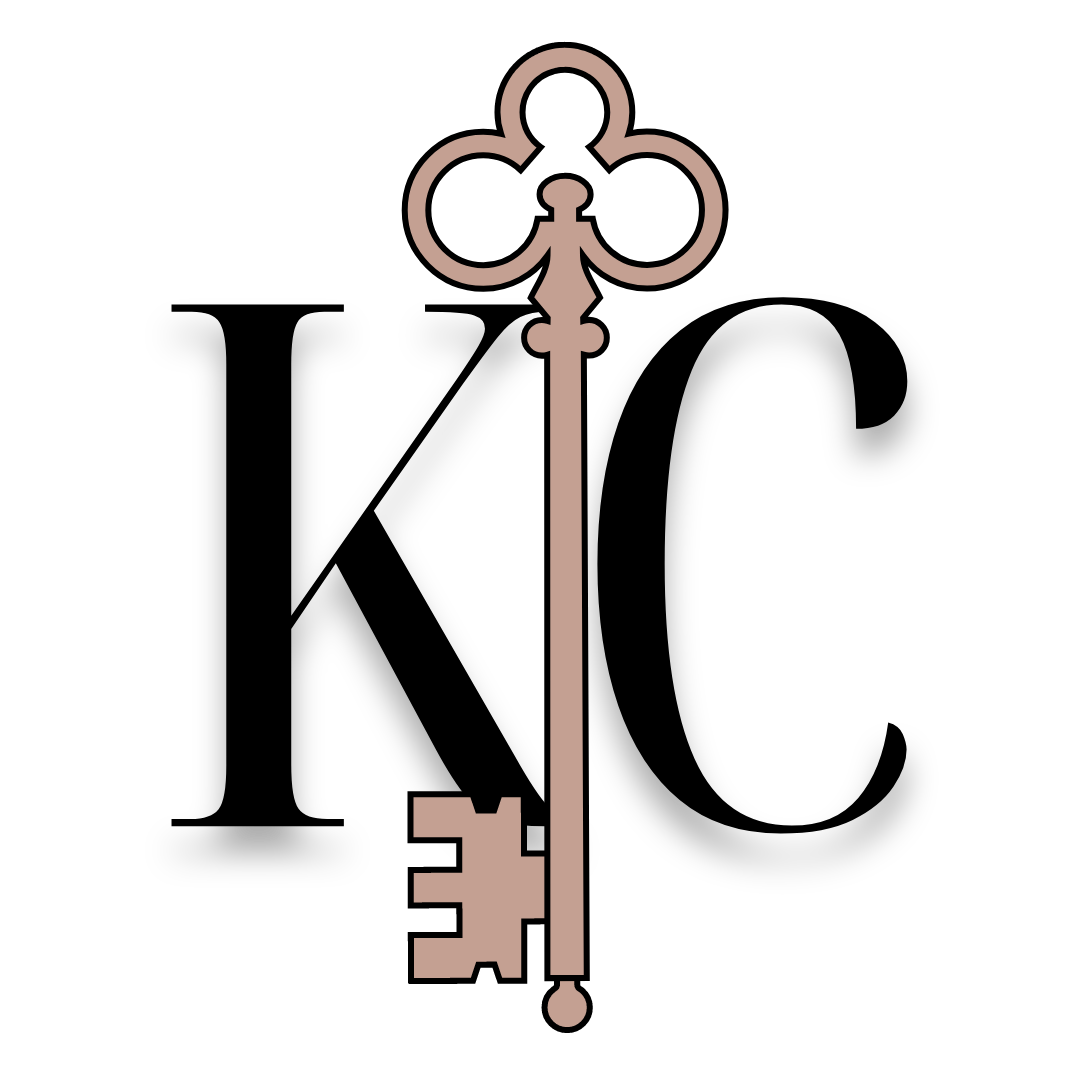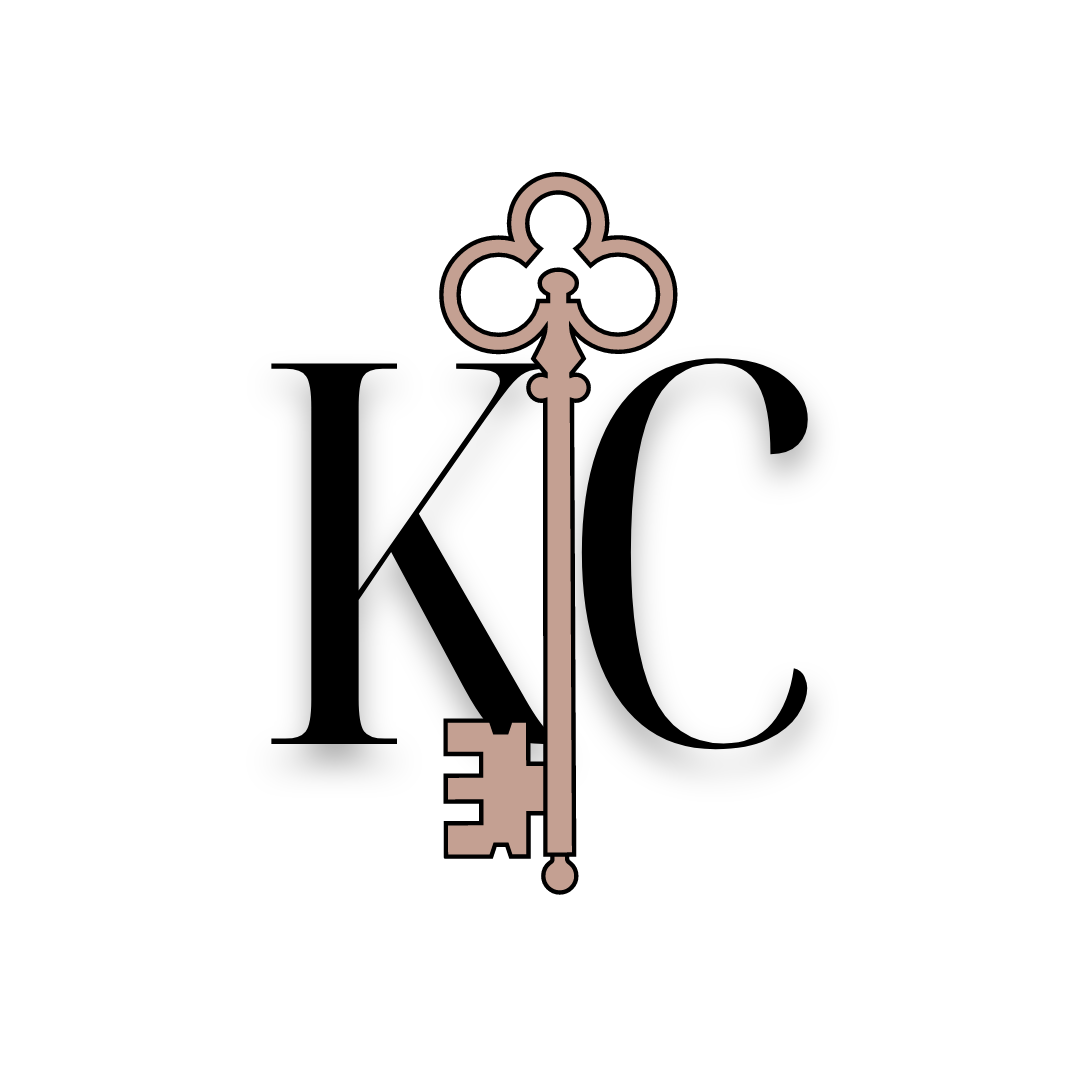Enhancing Healing with Chiropractic Care: The Power of Combining Cryotherapy and Red Light Therapy
Chiropractic care has long been recognized for its ability to alleviate pain, improve mobility, and support overall musculoskeletal health. For those dealing with conditions like tendonitis, back pain, or joint stiffness, adding complementary therapies like cryotherapy and red light therapy to your chiropractic regimen may offer even greater benefits.
Did you know we added chiropractic to Norspring in May of 2024? Dr. John Fee D.C. of Key to Change Wellness joined the team and offered another method of treatment that filled a void in the services we have in house. He offers free calls if you are new to chiropractic or maybe had a less than desirable experience in the past and want to learn more.
Combining chiropractic care with our other modalities can be a game changer in your recovery. Here’s how chiropractic can go with two of our more popular modalities: cryotherapy and red light.
1. Chiropractic Care and Cryotherapy
Cryotherapy involves the application or exposure of cold to reduce inflammation, pain, and muscle spasms. It is commonly used in sports medicine and rehabilitation.
Evidence: Studies have shown that cryotherapy can complement chiropractic adjustments by reducing inflammation and pain, which may enhance the overall healing process.
Order: For example, applying cryotherapy after a chiropractic adjustment can help manage acute pain and inflammation, potentially speeding up recovery.
Mechanism: Chiropractic adjustments improve joint mobility and alignment, while cryotherapy helps to control inflammation and pain. Together, they create an environment conducive to healing.
2. Chiropractic Care and Red Light Therapy
Red Light Therapy uses specific wavelengths of light to penetrate the skin and tissues, promoting cellular repair, reducing inflammation, and enhancing circulation.
Evidence: Research suggests that red light therapy can accelerate tissue repair and reduce inflammation, making it a valuable adjunct to chiropractic care. Some studies indicate that when combined, these therapies can enhance recovery from musculoskeletal injuries, including conditions like plantar fasciitis, back pain, and other soft tissue injuries.
Order: Order matters less here, but red light used before an adjustment may pre-activate the cells making them more easily influenced by the adjustment and manual therapy techniques.
Mechanism: Red light therapy can increase ATP production and reduce oxidative stress at the cellular level, which can enhance the effects of chiropractic adjustments by further reducing pain and promoting faster tissue healing.
The Evidence Behind the Combination
While research is ongoing, there is evidence to suggest that combining chiropractic care with cryotherapy or red light therapy can be beneficial. A study published in the Journal of Chiropractic Medicine found that cryotherapy can complement chiropractic adjustments by reducing pain and inflammation, potentially speeding up recovery times . Similarly, a review in the Journal of Clinical and Aesthetic Dermatology highlighted the effectiveness of red light therapy in promoting tissue repair and reducing inflammation, which can amplify the benefits of chiropractic care .
Conclusion
For those seeking to enhance their recovery and overall health, incorporating chiropractic adjustments into your cryotherapy or red light therapy routine could be a wise choice. These therapies not only complement the benefits of chiropractic adjustments but also provide additional support in reducing pain and speeding up the healing process. Utilize Dr. Fee’s free strategy calls via www.keytochangewellness.com/schedule or by calling (423) 822 -8824. He is accepting new patients at this time.
References:
Journal of Chiropractic Medicine, Effectiveness of Cryotherapy in Reducing Pain and Inflammation, 2017.
Journal of Clinical and Aesthetic Dermatology, Red Light Therapy in Tissue Repair and Inflammation Reduction, 2020.
Article by Dr. Kelly Fee, PT, DPT, OCS
*written with the assistance of AI

